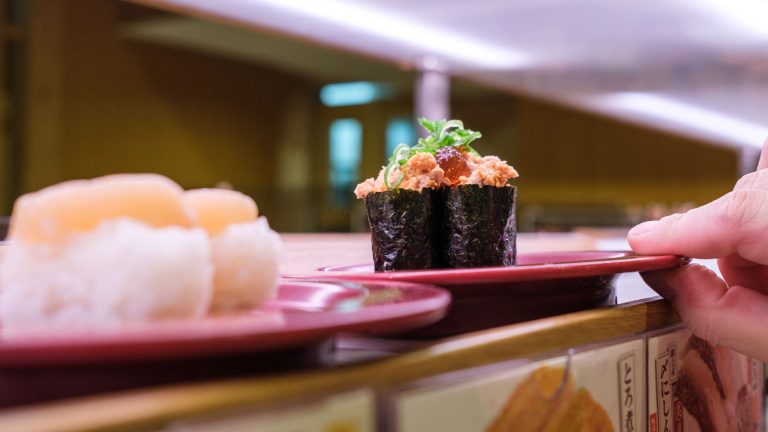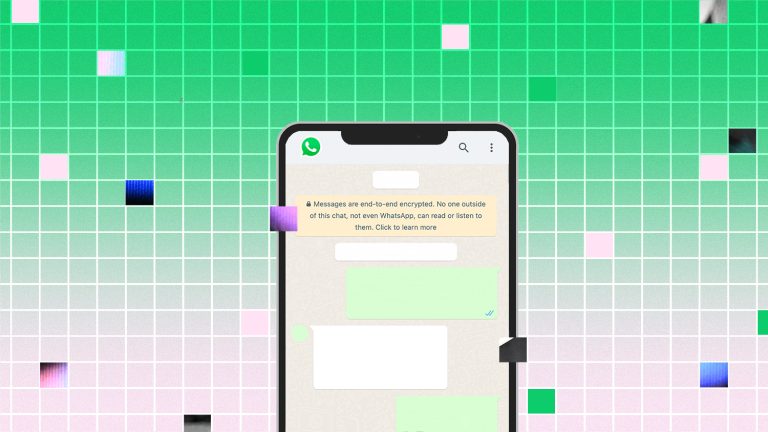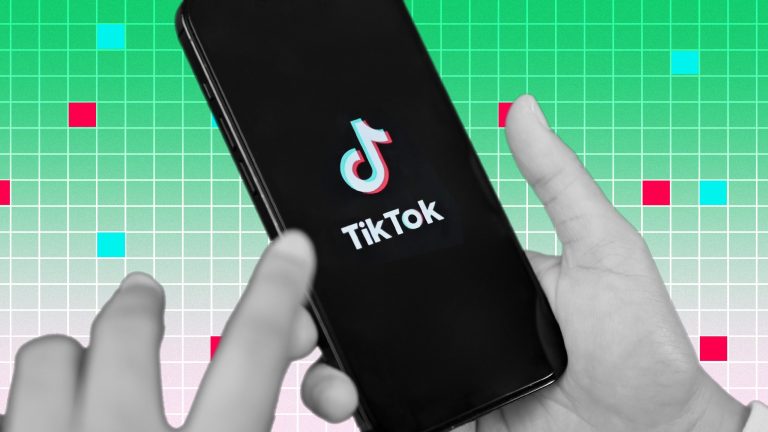In a matter of weeks, viral teenage pranks at conveyor-belt sushi chain restaurants across Japan have ballooned into a moral panic over hygiene. Social media users and the Japanese press have branded the incidents acts of “sushi terrorism,” or #寿司テロ.
Police arrested three suspected “terrorists” earlier this month. Restaurant chains are phasing out conveyor belt systems in favor of higher-tech (and lower-risk) ordering methods.
But how did the terror mount so quickly? Our timeline below lays it out.
January 9
A video circulates in Japan: A customer at the chain restaurant Hamazushi furtively adds a pile of wasabi to sushi on the conveyor belt. Unsettling, but not criminal.
January 30

Another clip goes viral on Twitter; this time, more nauseating. A giggling high-schooler licks a soy sauce bottle and the whole rim of a tea cup, then touches raw fish on a conveyor belt with a saliva-slicked finger. Internet sleuths trace the incident to the Gifu Prefecture branch of the conveyor-belt sushi chain Sushiro.
January 31
Quickly branded the latest instance of “sushi daeki tero” (sushi saliva terrorism), the incident becomes an overnight national PR crisis. Food & Life, the parent company of Sushiro, sees its stock drop nearly 5% in one day of trading.
February 3

It’s not over. At a Nagoya branch of Kura Sushi, a 21-year-old customer grabs sushi from the conveyor belt, cramming it into his mouth and chasing it down with a swig from the communal soy sauce bottle. The incident is filmed by his two younger friends, one of whom posts the clip online.
The same day, Sushiro’s operating company announces it will limit conveyor belts and move to ordering by touch screen.
February 4
At approximately 2 p.m., at a Yokohama branch of Sushi Choushimaru, a customer finds a used electronic cigarette cartridge left in a container of ginger. The incident is disclosed in a public apology from Choushimaru’s corporate headquarters.
February 5

Just two days after the Kura Sushi video goes viral on TikTok, the account owner is taken in for questioning by authorities. More videos surface throughout the month. One shows a man picking half a wafer straw out of a dessert, chewing off half, and putting the rest in another dessert. Another man applies the table alcohol spray to the sushi.
March 2
A flurry of activity from sushi chains ensues. Kura Sushi says it’s installing surveillance cameras equipped with AI to monitor customers’ behavior and catch sushi terrorists. A day later, Choushimaru announces it will switch entirely to an iPad-based ordering system by April 26. Despite having survived years of pandemic-related food safety concerns, the sushi terrorism scandal threatens to be the final straw for conveyor belt sushi.
March 8
Nagoya police arrest the 19-year-old man who allegedly posted the soy-sauce-swigging video from Kura Sushi, along with his two “co-conspirators.”
March 9
Nagoya police declare they are holding all three sushi terrorists on suspicion of “forcible obstruction of business.” The crime would carry a maximum penalty of three years in prison, if they’re convicted.



